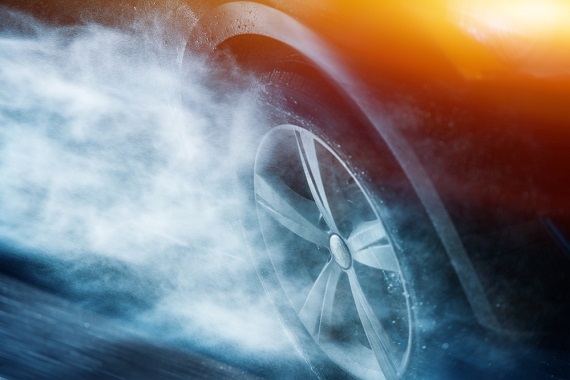By RENAISSANCE ALLIANCE
We all think about tire safety in winter when the roads are snowy or slushy and we adjust our driving accordingly. But what about in the rain? Wet, slick roads with water buildup can be quite hazardous, too. Many drivers are rather cavalier about adjusting their driving in the rain and are caught short when something goes wrong, such as hydroplaning.
Hydroplaning – also sometimes called aquaplaning – is losing traction over water while driving, and actually skimming or sliding on the surface of that water. Losing contact with the road is a frightening experience because it results in loss of control of the car. The formula for hydroplaning is speed, tire tread depth and water depth. It’s important to maintain your tires and slow down when it rains. Even a light rain can be hazardous, particularly in the first few minutes as rainfall mixes with oils on the road surface.
Edmunds offers excellent Tips for Driving Safely in the Rain. Also, check out these two videos that talk more about what hydroplaning is and what to do should it occur.
Technology helps, but is not a substitute for caution
While driver-assist technologies such as traction control, anti-lock brakes and lane assist technologies can help keep us safer, don’t rely on them. Be cautious and be prepared:
- Maintain your tires – make sure the tread is good and that they are properly inflated.
- Slow down when it rains. Many experts suggest reducing speed by about one-third.
- Avoid standing water.
- Disable cruise control on wet roads and when raining.
- Increase the following distance between you and the car ahead.
- If you do hydroplane, stay calm, ease off the accelerator, and don’t make any sudden moves that may cause a spin out.
Reprinted from Renaissance Alliance – no usage without permission.


